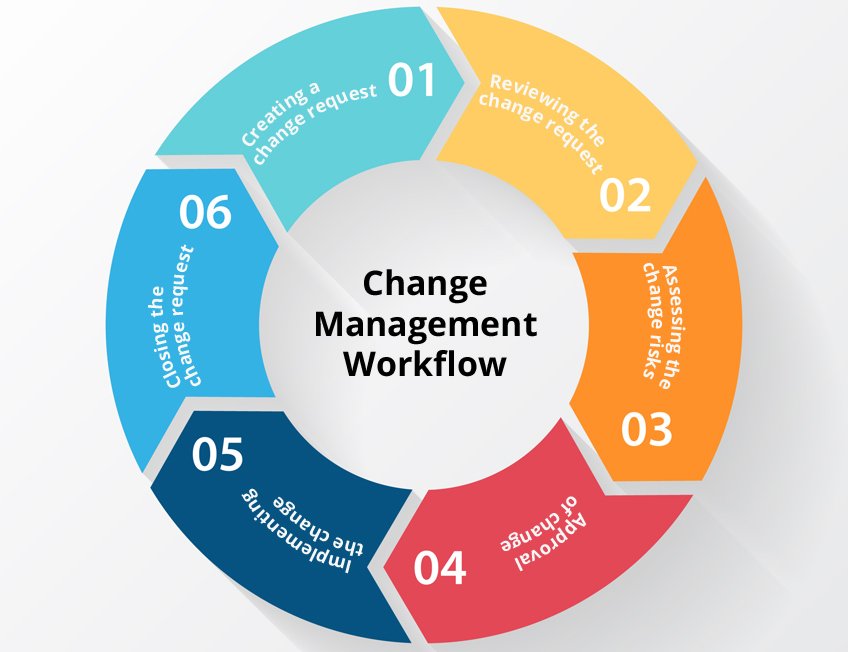

ArchOps states that architectural models are first-class entities in software development, deployment, and operations. Today, DevOps focuses on the deployment of developed software, whether it is developed using Agile oriented methodologies or other methodologies.ĪrchOps presents an extension for DevOps practice, starting from software architecture artifacts, instead of source code, for operation deployment. Because Scrum emerged as the dominant Agile framework in the early 2000s and it omitted the engineering practices that were part of many Agile teams, the movement to automate operations / infrastructure functions splintered from Agile and expanded into what has become modern DevOps. Agile development teams using methods such as extreme programming couldn't "satisfy the customer through early and continuous delivery of valuable software" unless they subsumed the operations / infrastructure responsibilities associated with their applications, many of which they automated.

The motivations for what has become modern DevOps and several standard DevOps practices such as automated build and test, continuous integration, and continuous delivery originated in the Agile world, which dates (informally) to the 1990s, and formally to 2001. Contrary to the "top-down" proscriptive approach and rigid framework of ITIL in the 1990s, DevOps is "bottom-up" and a flexible practice, created by software engineers, with software engineer needs in mind. Many of the ideas fundamental to DevOps practices are inspired by, or mirror, other well known practices such as Lean and Deming's Plan-Do-Check-Act cycle, through to The Toyota Way and the Agile approach of breaking down components and batch sizes. In 2016, the DORA metrics for throughput (deployment frequency, lead time for changes), and stability (mean time to recover, change failure rate) were published in the State of DevOps report. Also in 2014, Lisa Crispin and Janet Gregory wrote the book More Agile Testing, containing a chapter on testing and DevOps. They stated that the adoption of DevOps was accelerating. Īs of 2014, the annual State of DevOps report was published by Nicole Forsgren, Gene Kim, Jez Humble and others. In 2012, a report called “State of DevOps” was first published by Alanna Brown at Puppet Labs. The conference has now spread to other countries.

The conference was founded by Belgian consultant, project manager and agile practitioner Patrick Debois. In 2009, the first conference named DevOps Days was held in Ghent, Belgium. Īround 20, concerns were raised by those within the software development and IT communities that the separation between the two industries, where one wrote and created software entirely separate from those that deploy and support the software was creating a fatal level of dysfunction within the industry. Proposals to combine software development methodologies with deployment and operations concepts began to appear in the late 80s and early 90s. Used as a set of practices and tools, DevOps integrates and automates the work of software development ( Dev) and IT operations ( Ops) as a means for improving and shortening the systems development life cycle. DevOps is a methodology in the software development and IT industry.


 0 kommentar(er)
0 kommentar(er)
